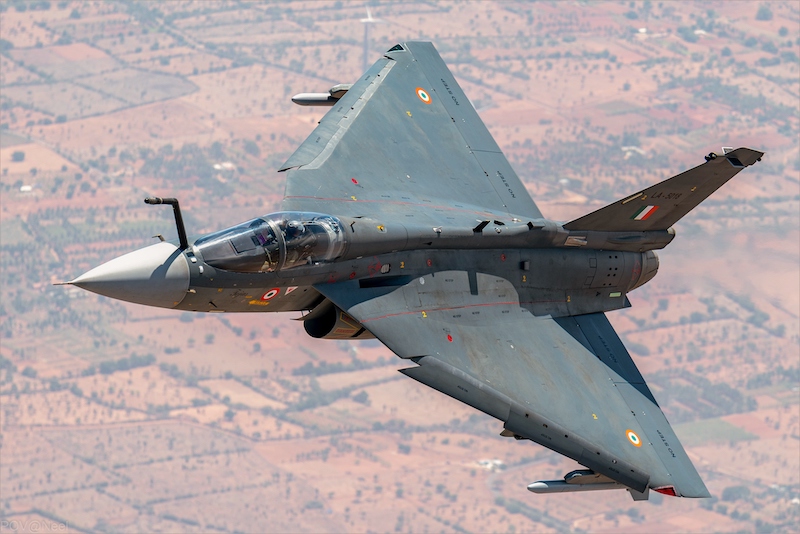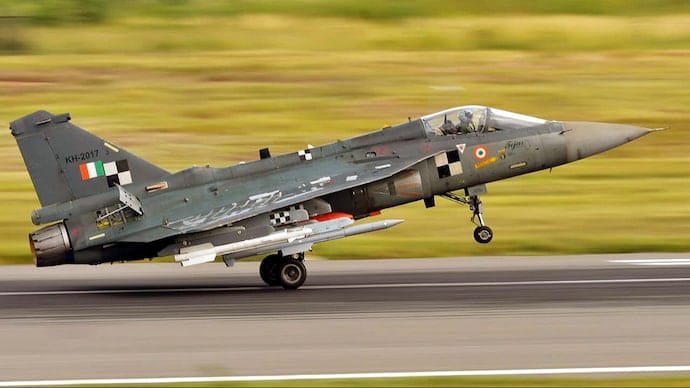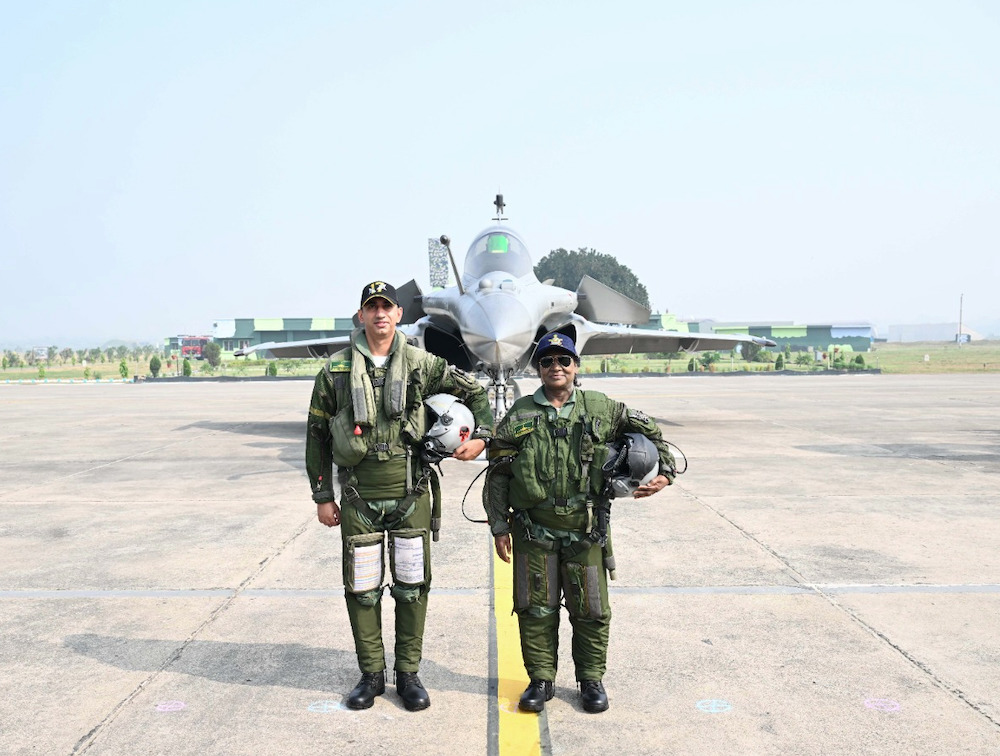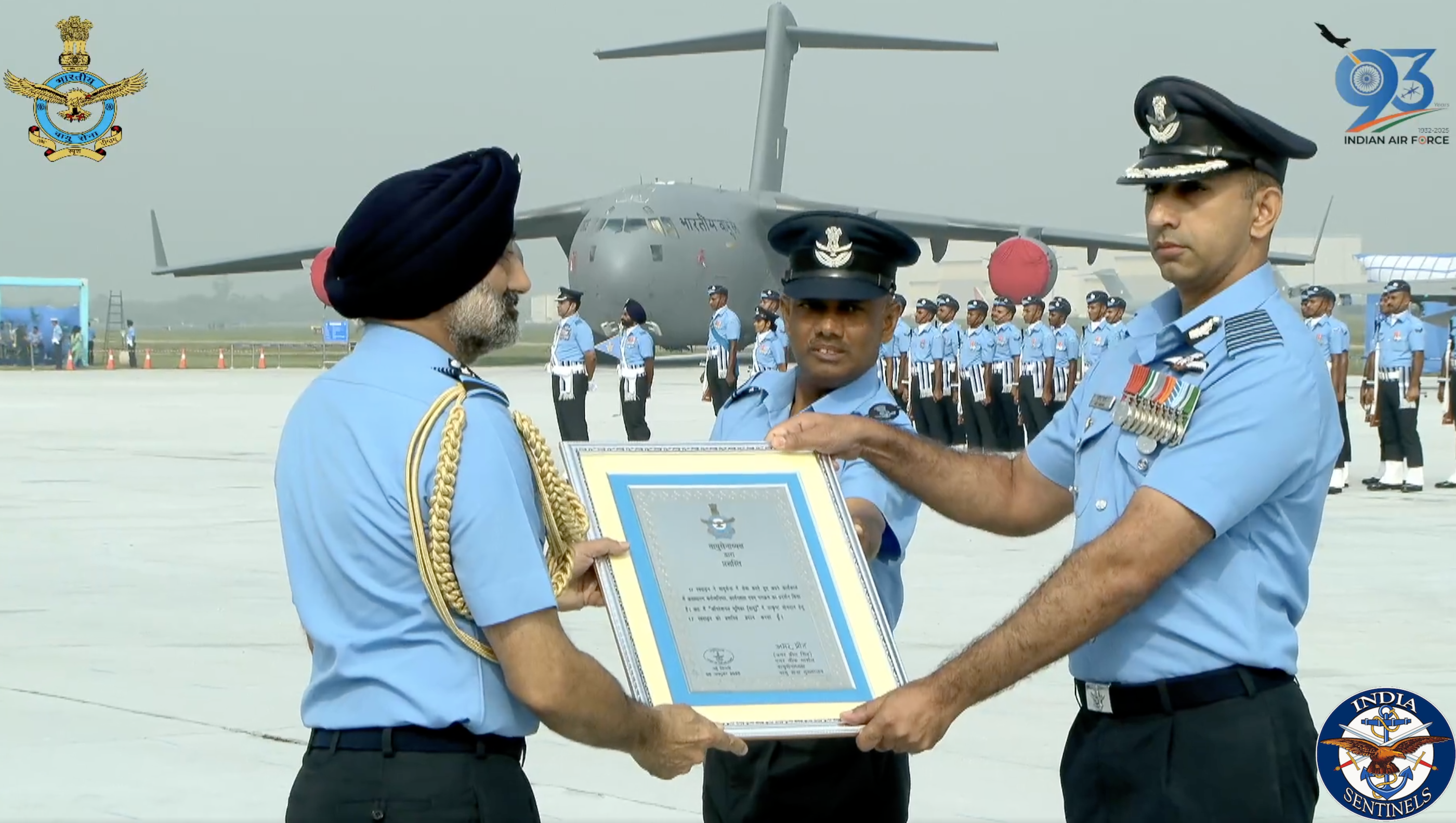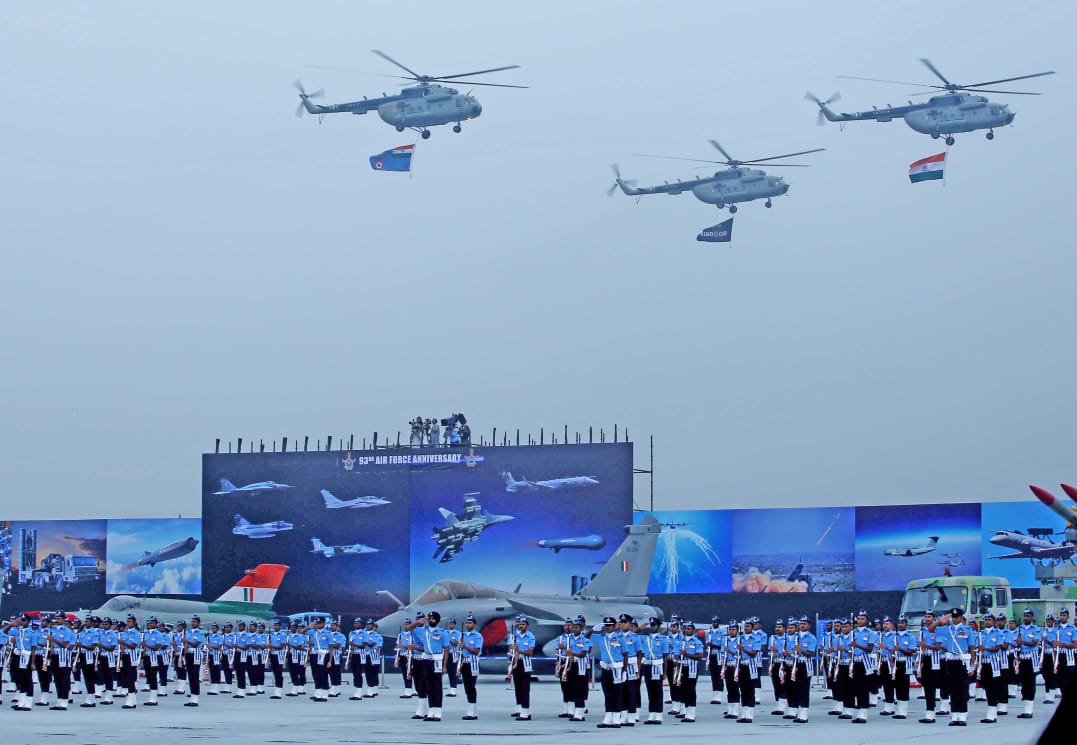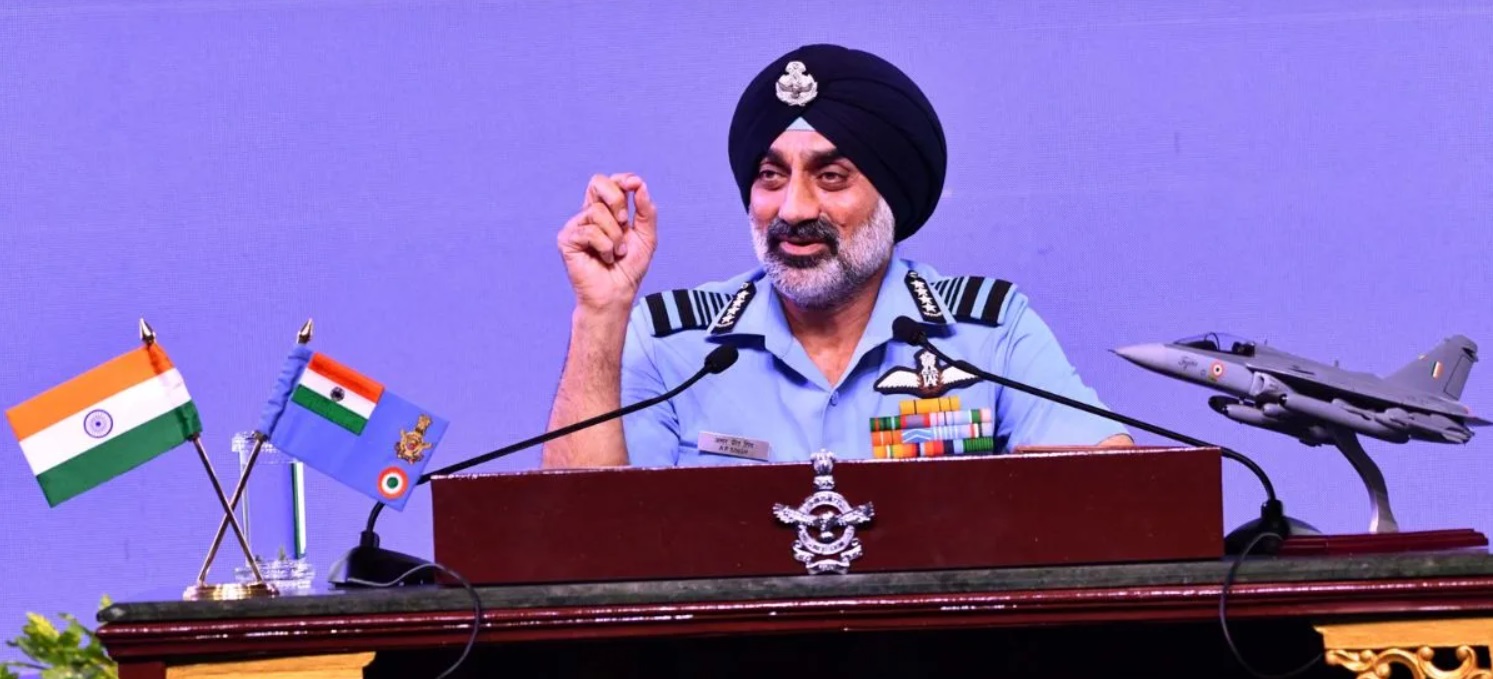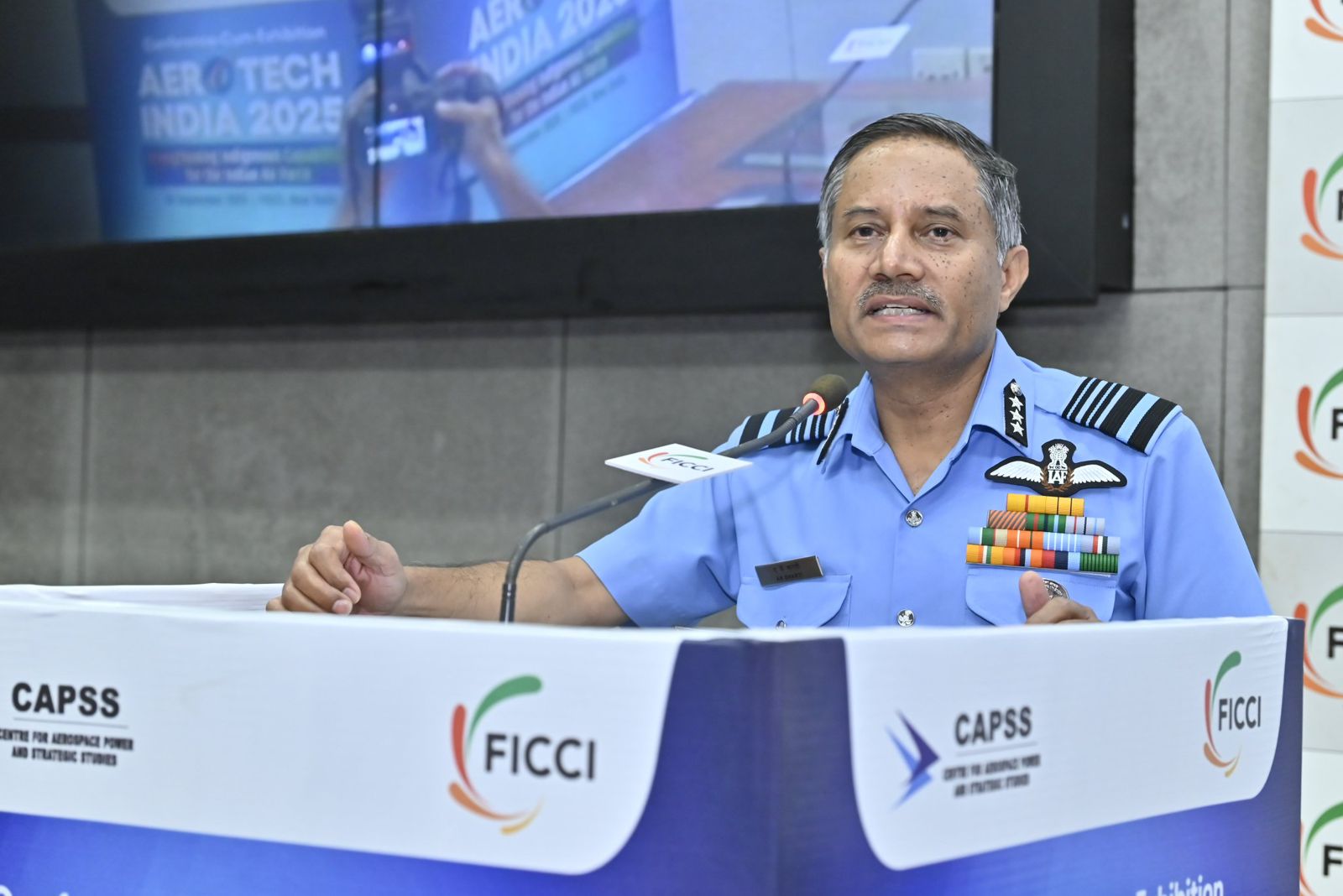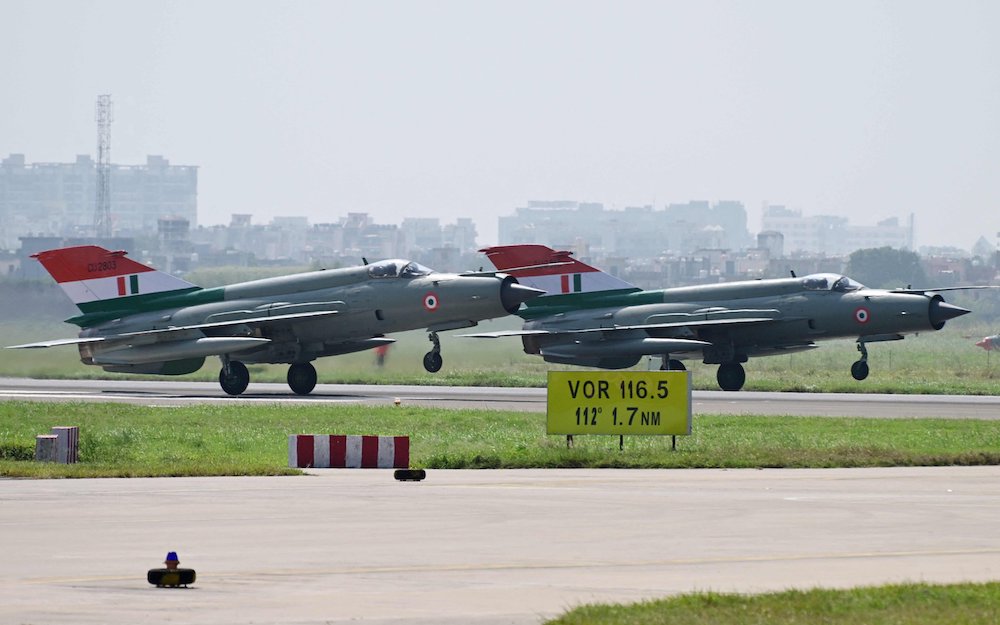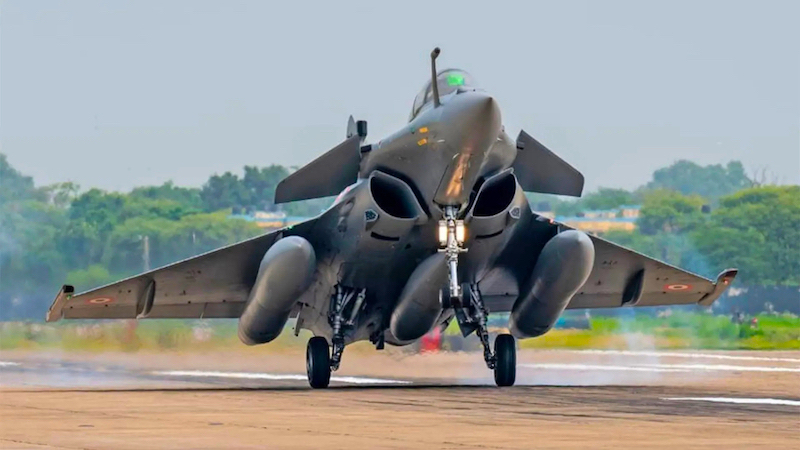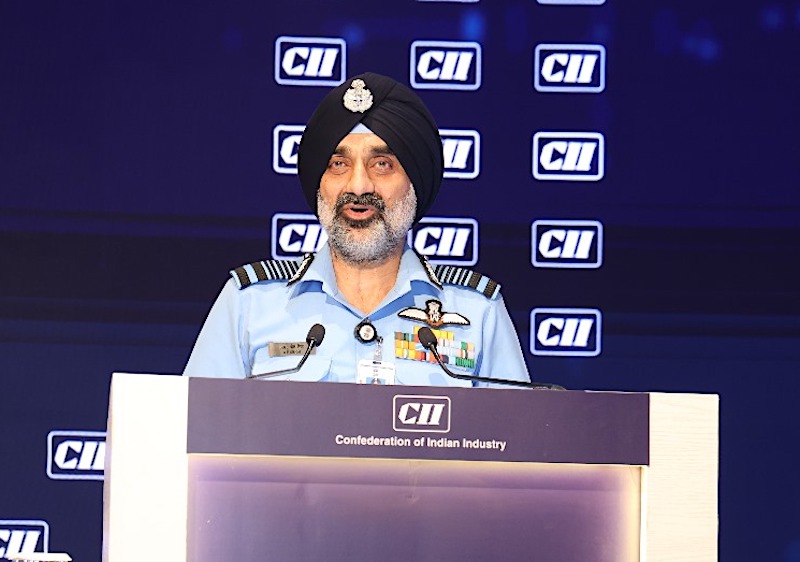 Air Chief Marshal Amar Preet Singh. (Photo: X/@FollowCII)
Air Chief Marshal Amar Preet Singh. (Photo: X/@FollowCII)
New Delhi: In an extraordinary public criticism of India’s defence-manufacturing ecosystem, Air Chief Marshal Amar Preet Singh has delivered his most scathing assessment yet of persistent delays plaguing the country’s defence projects. Speaking at a high-profile industry gathering in the capital on Thursday, ACM Singh declared that contract timelines are routinely unrealistic and questioned the fundamental credibility of delivery promises made by defence public sector undertakings (DPSUs).
The air chief’s remarks represent the most direct criticism from a serving military leader regarding systemic failures that continue to undermine India’s military modernization efforts. His intervention comes as the Indian Air Force grapples with a critical shortage of nearly 200 fighter aircraft and faces the prospect of requiring 450 new jets over the next 15 years to maintain operational readiness against regional threats.
Sharp Criticism at Business Summit
ACM Singh chose the prestigious Confederation of Indian Industry (CII) Annual Business Summit as his platform to deliver pointed criticism of India’s defence-production capabilities. Speaking in the presence of the defence minister, Rajnath Singh, the timing and venue underscored the gravity of his concerns about endemic delays within the country’s defence manufacturing sector.
“Many times, we know while signing contracts that those systems will never come. Timelines are a big issue. Not a single project I can think of is completed on time,” ACM Singh declared, his frustration evident as he questioned the fundamental integrity of the procurement process.
The air chief’s most pointed observation highlighted the systemic nature of the problem: “Why should we promise something which cannot be achieved?” This query struck at the heart of what defence analysts have long identified as a chronic issue – the consistent gap between promised delivery schedules and actual performance.
Singh emphasized that such practices have “detrimental effects on capacity-building and the broader strategic posture of the armed forces.”
Challenge to Private Industry
In a direct appeal to assembled industry leaders, ACM Singh issued what amounted to a challenge: “Can’t that industry or some of the industry join together and say we will make world-class military equipment? This is your tap on the shoulder. Please rise to the occasion.”
These words reflected not just frustration but also hope that India’s private sector might provide solutions where traditional DPSUs have struggled to deliver.
Tejas Programme Under Fire
ACM Singh’s criticism included specific examples illustrating the scope of problems facing the Air Force. Most prominently, he highlighted ongoing delays in the Tejas light combat aircraft (LCA) programme, which has become emblematic of broader issues within India’s defence-production ecosystem.
“Deliveries of Tejas-Mk1 are delayed. The prototype of Tejas-Mk2 is yet to roll out. There is no prototype yet of the stealth AMCA (advanced medium combat aircraft) fighter,” ACM Singh stated, providing a comprehensive overview of challenges facing India’s indigenous fighter aircraft development programmes.
The scale of Tejas delays becomes apparent when considering the programme’s financial significance. The Air Force has a contract worth ₹48,000 crore with Hindustan Aeronautics Limited (HAL) for 83 Tejas-Mk1A aircraft, signed in February 2021. Deliveries were originally scheduled to begin in March 2024, yet ACM Singh noted that “none of the 83 ordered aircraft delivered so far.”
Pattern of Concerns
Thursday’s remarks represent the latest in a series of increasingly frank assessments by ACM Singh regarding India’s defence-manufacturing performance, particularly HAL’s track record. As India Sentinels had reported this February, during the Aero India exhibition in Bengaluru, ACM Singh made what many considered his most damaging statement about HAL’s credibility: “I am just not confident of HAL, which is a very wrong thing to happen.”
During that February interaction with HAL officials, Singh expressed frustration in personal terms: “I can tell you what our requirements and worries are. You have to alleviate those worries and make us more confident. At the moment, I am just not confident of HAL.”
The air chief had been promised that 11 Tejas-Mk1A aircraft would be ready by February 2025, but “not a single one is ready,” leading to his blunt assessment that HAL was “just not in mission mode.”
Strategic Context
In October 2024, as India Sentinels had reported, ACM Singh provided broader strategic context for his concerns, acknowledging that “we have lagged behind China in technology and production rates of defence equipment”. He noted that while India was “better than them in technology also some time ago, we have lagged in that, and we need to catch up.”
This admission highlighted how production delays were not merely operational inconveniences but strategic vulnerabilities affecting India’s relative military capabilities.
The air chief marshal’s criticism of HAL’s working culture was particularly pointed, describing an attitude of “ho jayega” (it will happen) and “karenge” (we will do it) that lacked urgency required for military procurement.
Operational Impact
The delays criticized by ACM Singh have profound implications for the Indian Air Force’s operational capabilities. Currently, the IAF operates approximately 31 fighter squadrons, significantly below its sanctioned strength of 42 squadrons needed to address dual threats from China and Pakistan. This shortfall of 200 aircraft represents a critical vulnerability in India’s defence preparedness.
The magnitude of the challenge becomes clearer when considering future requirements. The Air Force faces retiring an additional 250 aircraft by 2040, including ageing MiG-21s, Jaguars, and early Mirage 2000s. Combined with the current shortfall, this means the Air Force requires approximately 450 new fighter aircraft over the next 15 years.
Engine Supply Complications
Engine supply issues have compounded these delays, with United States’ GE Aerospace failing to deliver F404 engines on schedule. The government has imposed penalties on GE for these delays, but such measures provide little comfort to an air force struggling to maintain operational readiness.
ACM Singh noted that deliveries initially scheduled for March 2023 have been delayed further, creating a cascading effect on the entire programme.
Broader Implications
ACM Singh’s repeated warnings about production delays reflect deeper concerns about India’s ability to maintain strategic autonomy and deterrent capabilities. His observation that “wars are won by empowering our forces” underscored the direct connection between industrial capability and national security.
The air chief’s emphasis on the need for “drastic changes within HAL’s system” suggests that incremental improvements will be insufficient to address the scale of challenges facing India’s defence sector.
While ACM Singh maintained confidence in Indian training and operational capabilities, acknowledging that “on people behind the machine, we are way ahead of them,” the technology and production gaps remain serious concerns.
Air Chief Marshal AP Singh’s remark that “not a single project has been completed on time” serves as a damning indictment of systemic failures extending far beyond individual programmes or organizations. The IAF chief’s challenge to industry to “rise to the occasion” reflects both the urgency of India’s security needs and recognition that traditional approaches have failed to deliver required results.


